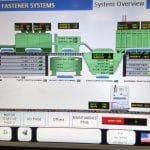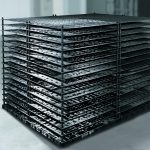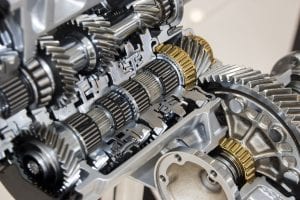The electric vehicle (EV) revolution is well underway: It’s estimated the number of EVs populating U.S. roads alone will double by 2024. And though the internal combustion engine (ICE) vehicle is a long way from disappearing, it’s anticipated EVs will continue to make up an increasing portion of the vehicle population around the world.
As this evolution takes place, EV manufacturers and the automotive industry at large need to answer an increasingly critical question: What is the best method for keeping increasingly powerful batteries cool enough to operate at peak performance over the vehicle’s useful life?
EV battery thermal management is increasingly important. Today’s batteries are more powerful than ever, and that trend will continue for the foreseeable future. Newer charging demands have thus rendered traditional cooling methods increasingly ineffective. Conventional air cooling is not quite up to the task of keeping new batteries at optimal temperatures. Water-glycol systems have since been deployed instead, but these solutions simultaneously involve some inhibitive challenges for increasingly sophisticated batteries.
This situation has left EV manufacturers searching for an answer — one that might be found in new immersion cooling systems, which have emerged as a technology with the potential to revolutionize battery thermal management. This article will further detail some of the challenges of effective thermal management in modern EVs, traditional methods’ inherent limitations, and the benefits that can be had by deploying immersion cooling solutions.
Comparing Heat Dissipation in EVs and ICEs
To best understand the challenges inherent to successful EV battery thermal management, it’s useful to compare modern EV technology to traditional ICE operation. For example, ICE vehicles typically generate significant waste heat. On average, only about 40 percent of ICE heat helps keep engine components operating as intended, while the remaining 60 percent is used to help run the catalytic converter system or provide heat to the vehicle’s cabin when needed.
EVs, meanwhile, generate heat much differently. While an EV is driving, it will typically run at nearly a 90 percent efficiency rate and generate far less excessive heat than an ICE. Still, even mild levels of heat excess can damage a range of sensitive electric equipment responsible for keeping the car in safe working order. More concerning is the heat generated while an EV is charging, especially in rapid charging applications. As batteries are replenished, an effective cooling mechanism is absolutely necessary to protect the rest of the engine architecture and the battery itself.
Here, the most important concern is safety. Overheated batteries are at risk for thermal runaway, a phenomenon in which the battery’s lithium-ion cell enters an uncontrollable, self-heating state. Unless the battery is cooled effectively, the temperature within the battery will continue to rise and cause structural and chemical integrity to be compromised. As this happens, an uncontrolled battery fire could result.
But even outside of this worst-case scenario, batteries that regularly experience mild overheating tend to age more quickly and will provide diminished range, power, and performance across the vehicle’s lifetime. Meanwhile, excessive heat generated during charging can cause damage to the vehicle’s electric motor and power electronics, all of which can lead to expensive breakdowns and potential safety hazards for drivers.
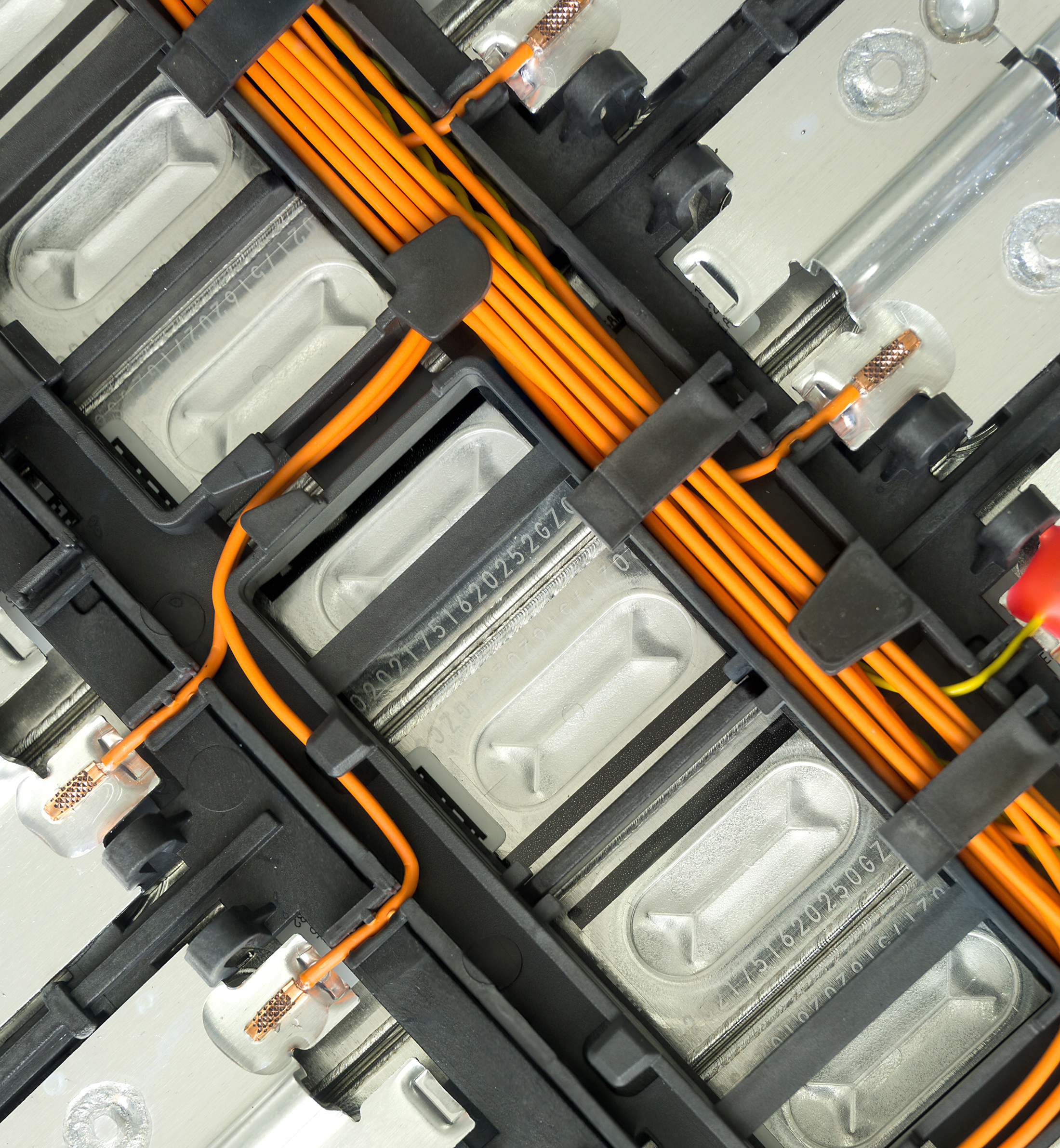
Limitations of Conventional Cooling Methods
To understand the need for more effective cooling methods, it’s important to examine the limitations of current technology. Air-cooling methods were initially deployed in many of the first EVs on the market, but these types of systems quickly demonstrated limited effectiveness in helping to mitigate the excess heat generated by rapid charging. Not only did this pose a threat to the battery itself, but it was a fundamental hurdle to widespread EV adoption. Batteries must be compatible with rapid charging to meet consumer demands.
The migration to water-glycol cooling systems was quick. These systems were broadly adapted from technology used to mitigate excessive heat in modern ICE engines. Here, a series of tubes are filled with a cooling water-glycol solution. The tubes then surround the battery pack with the intent of keeping battery temperatures within an optimal range between 20°C and 32°C. Water-glycol cooling proved significantly more effective than air cooling, allowing for faster charging speeds and helping to extend the life of the battery.
Water-glycol systems have since demonstrated their own shortcomings; however, because since they are filled with a water solution, the systems cannot come into direct contact with the electric battery. Any leaks in the system would cause potential safety issues were water to hit the battery or other electronics. For these reasons, many EV OEMs have found themselves searching for effective alternatives — and one solution demonstrating significant potential is immersion cooling.
Immersion Cooling and Its Advantages
Immersion cooling systems are not yet in commercial production, but multiple OEMs are actively exploring the deployment of these kinds of systems within their EV designs.
What is immersion cooling? In such a setup, the battery is submerged in dielectric fluid, enabling a more direct cooling approach than a water-glycol system. No complex tube system is required, as the dielectric fluid comes into direct contact with the battery. High-speed battery charging simulations have shown the differences between immersion cooling and water-glycol systems, and they demonstrate a number of benefits, including:
Greater enablement of high-speed charging. Immersion cooling was shown to extend the battery pack’s life by 8 percent over a water-glycol system. Meanwhile, immersion cooling was more effective in controlling peak and average temperatures. Finally, immersion cooling reduced peak battery temperature by 5 percent over water-based systems and promoted more uniform temperatures throughout the pack.
Safety Advantages
Immersion cooling eliminates the risk of accidental water exposure to the battery because the dielectric fluid is already completely surrounding it and poses no electrical incompatibility risk. Further, if a catastrophic failure were to occur in a particular battery cell, the surrounding dielectric fluid helps prevent the spread of heat in one cell throughout the entirety of the battery pack — this would help stop other nearby cells from experiencing thermal runaway.
This kind of testing has reliably demonstrated its efficacy and advantages over water-glycol systems, and we anticipate that it will gain significant traction as the market for EVs continues to mature.
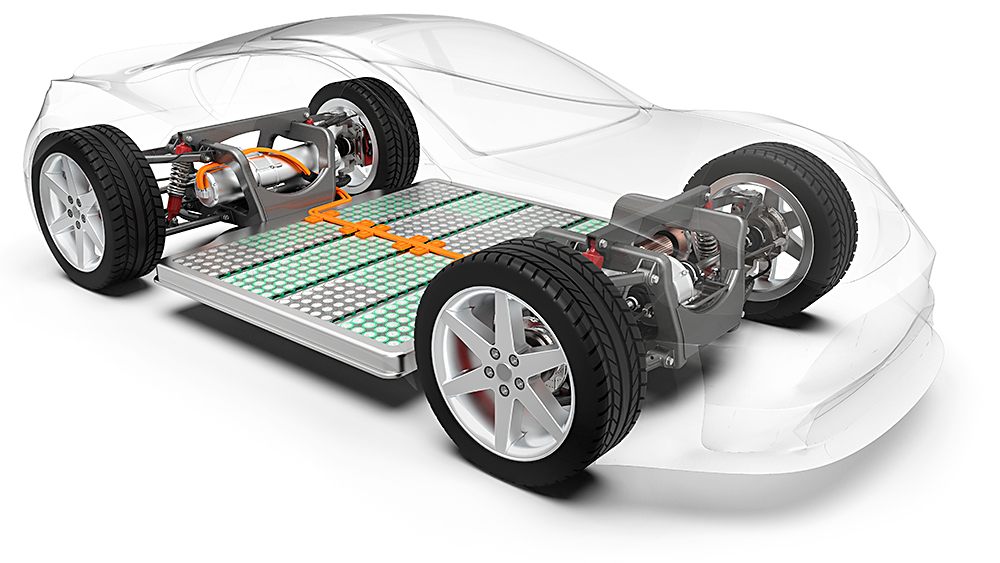
Why Custom Formulations Matter
For immersion cooling to truly meet its potential in EV applications, the dielectric fluids must be formulated to specifically meet those needs. These fluids are not new — they have been used in wide-ranging applications for years. However, many of these have not been purpose-designed for EVs and battery cooling. Instead, custom formulation approaches are likely necessary to deliver the levels of performance OEMs are searching for.
To achieve these goals, collaborative approaches between OEMs and lubricant manufacturers and formulators can help. These relationships should grant OEMs the flexibility necessary to adapt as new EV battery and architecture design iterations are developed and brought to market.
Assistance from a custom-formulation partner can help optimize the fluid’s performance properties as testing is performed through iterative tweaking and changing chemistry and additive packages. And because immersion technology is new, there are many complexities that must be worked through.
Ideal Dielectric Fluid Performance Properties
While there are many variables to consider in dielectric fluid formulation, a few of the most important include:
• Heat Transfer. An ideal fluid will help warm up batteries quickly and keep them cool (below 50°C) to maximize battery life, range, and output. This helps to keep other electrical components cool to maximize efficiency.
• Safety. Fluids must work with the hardware to prevent battery aging and in the event of thermal runaway prevent the failure from spreading throughout the battery pack. Additionally, fluids in direct contact with electronics must have low electrical conductivity.
• Durability. Fluids must be selected and formulated to last the lifetime of the battery and be compatible with the polymers and seals.
Choosing a Formulation Partner
As the technology grows toward maturity, it’s reasonable to expect that immersion cooling technology will eventually become standard for most EV battery-cooling systems.
As this happens, the fluids necessary to keep the batteries cool will also need to evolve. Fluid formulators will need to be flexible enough to customize chemistries in partnership with leading EV OEMs to adapt their fluids to this emerging technology.
And because most OEMs are only in the initial testing phases for immersion cooling in mass-market production vehicles, a formulation partner with deep expertise in fluid technology can be beneficial in overcoming some of the initial challenges and hurdles associated with early-stage development.
EV OEMs should work closely with formulation specialists to identify the right dielectric fluid performance properties for their unique systems.
With its inherent benefits for battery cooling applications, immersion cooling is a logical choice for EV OEMs. Working with the right partner can help those OEMs seize the benefits sooner rather than later.













